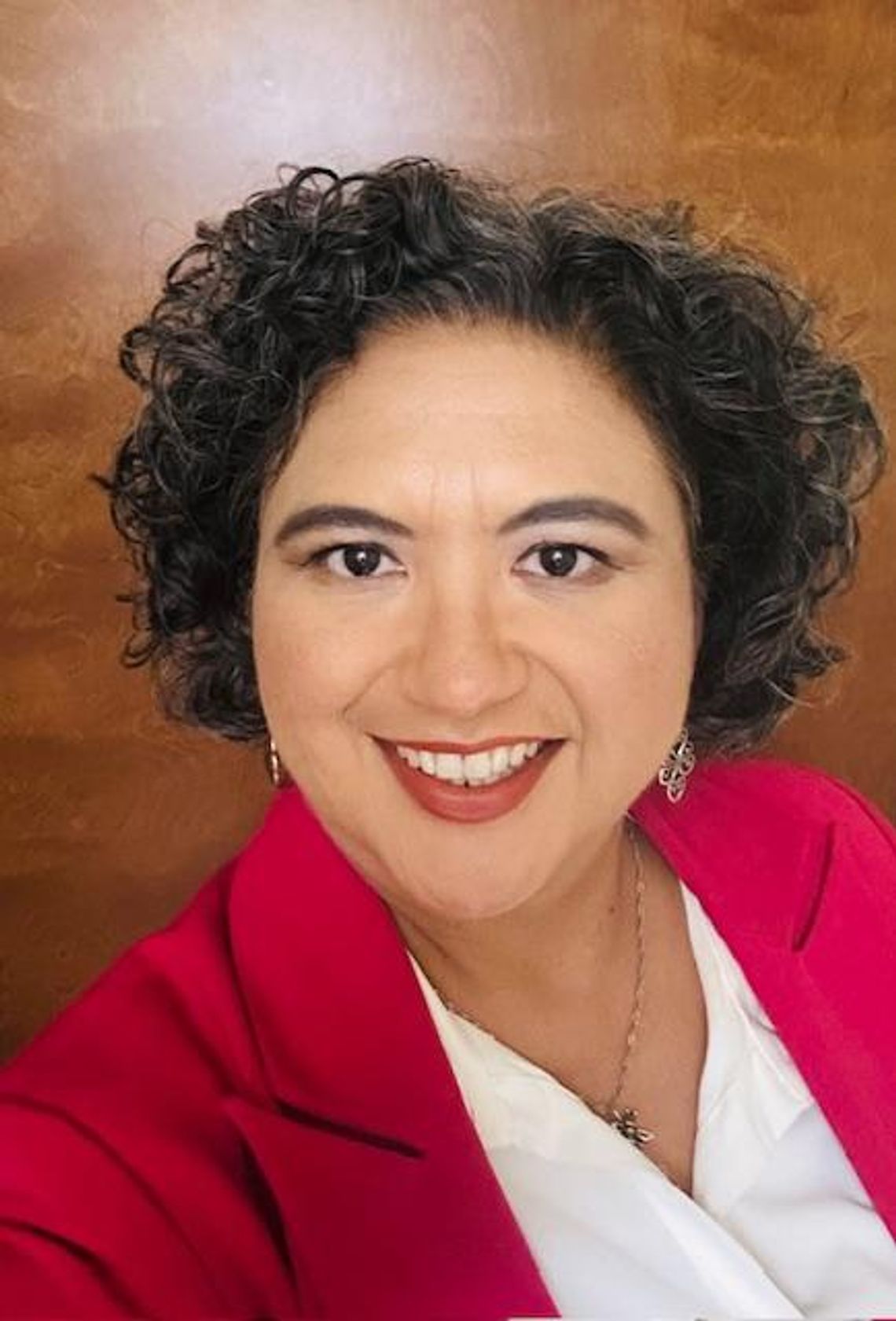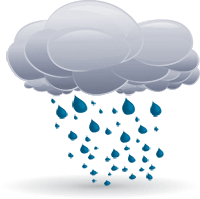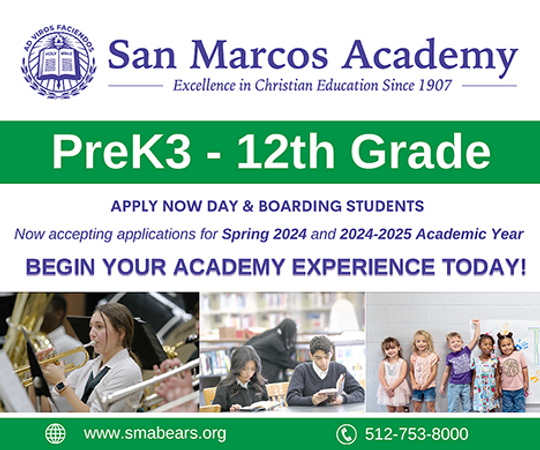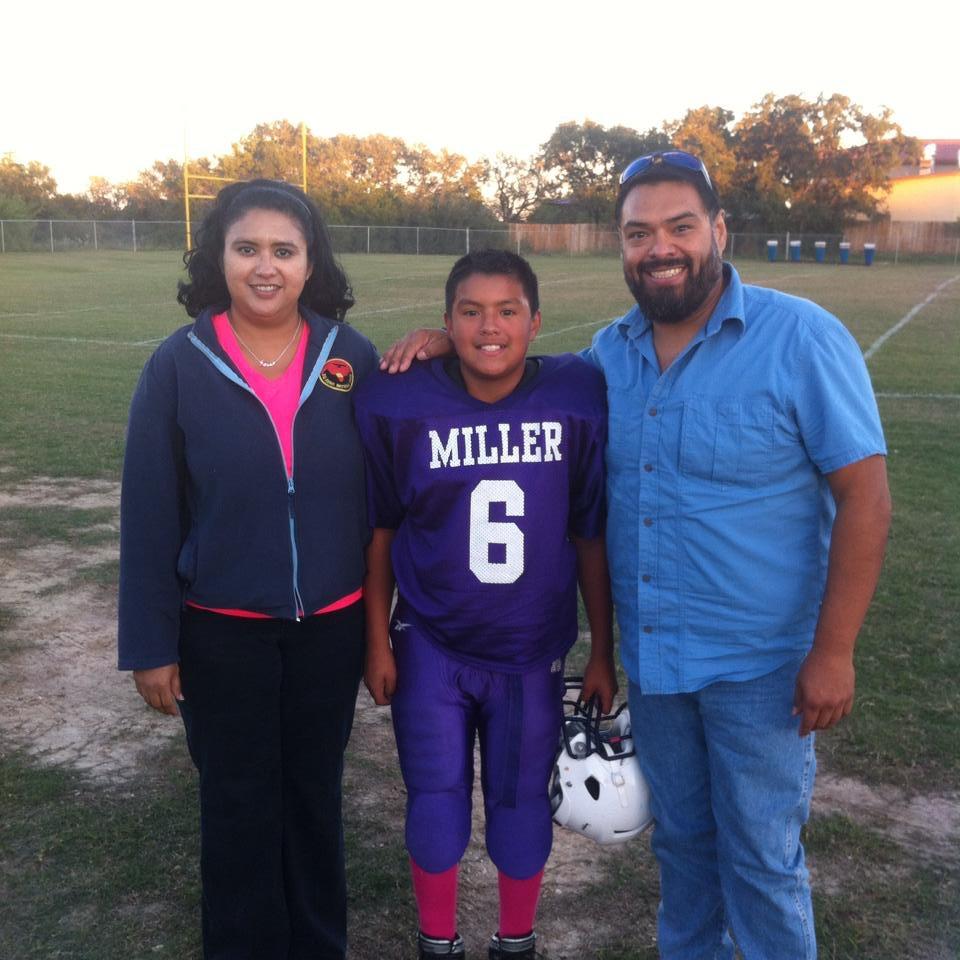
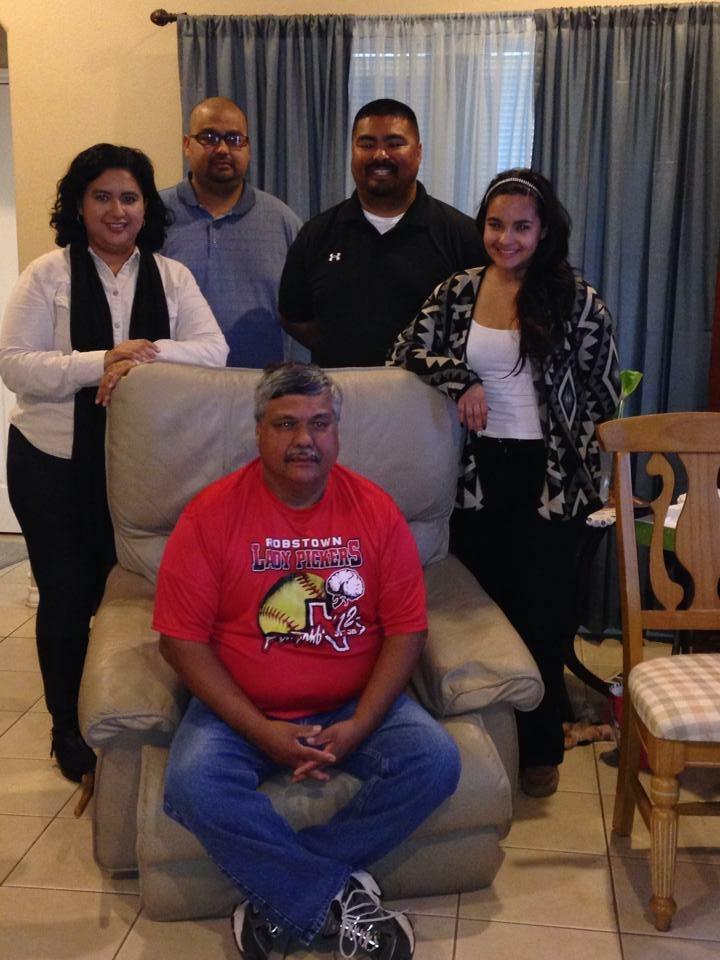
As National Breast Cancer Awareness Month comes to an end, it is important to not let the goal of this international health campaign change with the seasons. As companies pack away their pink decor and people take off their ribbons, the reality of cancer abides to no calendar.
According to the National Breast Cancer Foundation one in eight women in the United States will develop breast cancer in their lifetime. Although the statistics seem stark, the numbers also show that there are over 4 million breast cancer survivors in the United States and it’s through their testimonies and resilience that one finds hope.
Melissa Rodriguez’s life is dedicated to helping women. As the Chief Executive Officer at the Hays Caldwell Women’s Center, she helps women facing a myriad of challenges every day. October is a time of reflection and appreciation for all that she has overcome through her own battle with breast cancer.
“I feel like it’s important to share my experience, just because I think women should not feel shame over the experience, and then I especially have this responsibility as a woman of color to talk about how important it is to center our health, because it’s not something many women do, especially women of color,” Rodriguez said. “It’s important to talk about this thing that can happen and [how it] changes how you see yourself and then be okay and be able to thrive, even through some difficulties.
Her survivor journey began at her annual check up on her 41st birthday. It was a season of exciting transitions in her life as her daughter was just graduating high school and she was making moves at the HCWC in a position that would lead to her to her CEO role. As part of her yearly birthday tradition she went in for her appointment and opted to do her first ever mammogram. This decision to take charge of her health was met with a letter explaining that the doctors wanted to run more tests after evaluating the results of the test. After an ultrasound and multiple biopsies her doctor explained that she had ductal carcinoma in situ, a pre-stage one diagnosis which meant the cancer was caught early.
Her doctor recommended a lumpectomy which is procedure that removes the cancerous part of the breast, followed by radiation. After going into her ‘fix it mode’ Rodriguez did her own research and came to the conclusion that the procedure was the best course. After notifying her doctor of her decision she had to schedule the procedure a few weeks out.
“This shocked me that it wasn’t tomorrow, so it took a couple of weeks before I could get in to have the procedure done, which was hard because it feels like you have a literal ticking time bomb in your chest,” Rodriguez said.
At her follow-up appointment after the procedure her doctor explained that they were not able to secure ‘clean margins’ or an area of healthy tissue to act as a buffer. This resulted in a recommendation for a mastectomy.
After consulting her family and herself Rodriguez made the decision to not only remove the breast which held cancer, but her other one as well in an act of prevention.
“Obviously, there’s no cancer on the right side, but it could become cancerous at some point. I’m at higher risk and doing both would diminish the risk. It felt like the right choice for me,” Rodriguez said.
After beating cancer her journey was far from over. At the time she knew of three options including implants, no implants, or a third option where surgeons take fat from other parts of the body and inject it into the chest. While sifting through her options it seemed as though the third choice had a more intense recovery period as well as a higher price tag, so she opted for implants.
At the time there were federal protections in place for breast cancer survivors, offering financial support for their procedures. She knew this applied to implants but at the time didn’t realize this covered the third option of fat displacement. This decision-making process was an important part of her journey and one she empathizes with for current breast cancer survivors, since these federal protections that helped her have since been taken away.
Throughout her implant journey she ended up with four surgeries, since one did not take originally.
“When I first had my breasts removed, it was a shock,” Rodriguez said. “My kids were there, and my husband’s like, the kids really want to see you and I said, Okay, well, let me look at myself first,” Rodriguez said. She had wanted to prepare herself since she was determined to stay strong for her kids in hopes to not make the process harder for them.
“I looked at myself for the first time and it was not easy,” Rodriguez explained.
Not only was she processing these changes internally but she knew her external reaction was just as important for those around her.
“I took my daughter with me to help me pick [the implants], because I wanted them to feel like they were part of my journey,” Rodriguez said. “I felt like I could do it because I had them with me all along the way.”
The implant process took multiple appointments since doctors fill them up slowly over the course of a few weeks to expand before putting in the final version of the implants. The process was long and challenging, further prolonged when one implant burst requiring additional surgery.
“I was as positive as I could be about it, but I never felt comfortable in my body with the implants, honestly. They didn’t feel natural,” Rodriguez said. “But I was grateful because I was here, the cancer was gone.”
Over the years she kept tabs on her health, noticing symptoms that seemed to match what many consider to be breast implant illness. This was a significant time for her since this condition is not recognized by the entire medical field. She tried to write the symptoms off as normal aging patterns or her recent fibromyalgia diagnosis but after joining a support group for women with implants on Facebook all signs seemed to point towards her implants causing these medical issues.
Through the social media group she learned of women who opted to remove their implants so she returned to her plastic surgeon to see her options. After her surgeon informed her she could not do the procedure she hunted for a new one, landing on Dr. Potter who Rodriguez noted was a champion for women. At the time Rodriguez had come to the conclusion that removing her implants and going flat was her only option, a decision not made lightly as she was not the Development Director at HCWC, a very forward-facing role. She was still under the impression that the third option of fat removal and injection was out of her financial scope.. Her surgeon helped inform her that at the time the procedure was covered completely by her insurance under her federal rights as a breast cancer survivor.
With the help of her surgeon she proceeded with the third option to remove the implants and reconstruct her breasts using her own tissue.
“It was a really difficult surgery, because essentially it is an incision from hip to hip. They literally take out fat from the stomach and pull down skin and cut skin off,” Rodriguez said. “The recovery was tough, but it was worth it for me.”
The first surgery focused on implanting the fat and the second was about revision, noting her surgeon was like an artist in this stage.
After recovery Rodriguez reflected on how her new breasts felt vs the implants.
“It’s my own natural tissue so it made me feel more like myself,” Rodriguez said.
“I don’t regret [implants] necessarily, because it was part of my experience and my journey. I also think the final procedure that I had was also part of my journey because it’s when I met with this amazing doctor.”
One way her journey instantly started helping others was by her surgeons request to photograph her results since there were no women of Rodriguez’s background in the surgeon’s examples.
“When I looked at the gallery, I couldn’t really compare my body because it was mostly white women. There was maybe one or two black women, and that was as close for me and my pigmentation, but like there we’re no Latinas at all and so it was important to me to have that, because I looked for it,” Rodriguez said. Her doctor also asked if Melissa would write her story to be shared with other women.
“That was that was another reason why, to this day, it’s so important for me to talk about this experience, because it really changed a lot of things for me,” Rodriguez said. I’m a huge proponent of early diagnosis. It made all the difference in the world for me.”
She noted that an important part of her journey was her first surgeon giving her the option to remover her breasts, noting that many other doctors, especially male doctors wouldn’t suggest it since the cancer was eradicated. Her doctor had said she wanted to give her all her options since it was her decision to make.
“It really resonated with me, because that’s very much who we are here at HCWC. It’s not what I think you should do or what this other person thought was best for them, Rodriguez said. “It’s our focus on empowering our survivors to make decisions for themselves.”
“[My doctor] really wanted me to to make that choice for myself, and that felt empowering to me, and I immediately knew what I was going to do and I did choose an aggressive choice, but I also understand when women make different choices, that’s that’s their journey to walk,” Rodriguez said.
Throughout her journey she was grateful to have her family by her side, from the support of her husband to the guidance of her mother who battled breast cancer herself, having a support system helped her in countless ways. Her friends even threw her a ‘Goodbye Booby” party during her first surgeries.
“I think it’s important to talk about it, because we need as humans just to be there for one another. You don’t have to be related to someone to be supportive and lend a helping hand and even just encouragement,” Rodriguez said. “I think it’s important for people to feel listened to and heard and supported through that process, there’s always somebody that’s out there to help you.”
.png)


